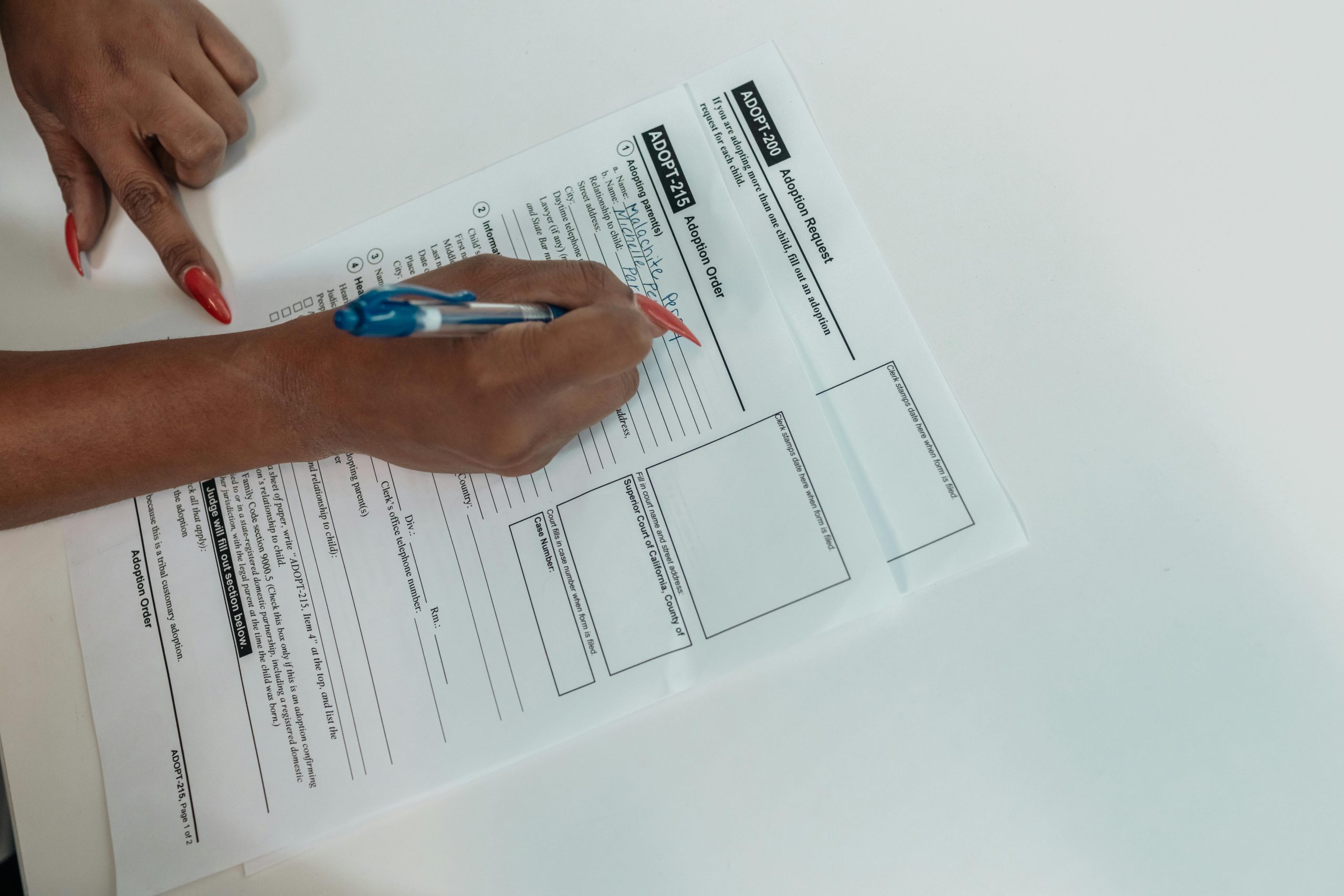How to Handle a Rear-End Collision with an Uninsured and Unlicensed Driver: Essential Steps and Considerations for Vehicle Owners
Encountering a rear-end collision can be stressful, especially when the at-fault party lacks proper licensing and insurance. If you’ve recently experienced such an incident, understanding your options and the appropriate actions to take is crucial. Here’s a comprehensive guide to navigating this situation safely and effectively.
Scenario Overview
Recently, I was involved in a minor rear-end collision caused by a driver who was both unlicensed and uninsured. The incident occurred on a Saturday, resulting in a small dent and scratch on my vehicle’s rear bumper. The driver has no valid identification other than a phone number and has expressed a desire to settle the matter privately, avoiding insurance claims.
What Evidence Do I Have?
- A video recording of the accident, capturing the license plate, driver, and passenger
- Clear photographs of the vehicle damages
- Contact details of the driver and a photo ID of the passenger
Current Challenges
With local body shops closed, obtaining an immediate repair estimate isn’t possible. I am covered under GEICO’s collision insurance, and I am seeking guidance on the best course of action.
Key Questions and Advice
-
Timing for Claims and Settlements
-
Is there a deadline to file a claim by Monday after gathering an estimate?
Typically, insurance policies and local regulations specify timeframes for reporting incidents. It’s advisable to contact your insurer as soon as possible to inform them of the accident, even if you’re considering a private settlement. Early notification ensures your claim is timely and helps prevent complications later. -
Can I notify GEICO now without initiating a claim?
Yes. When reporting the incident, you can mention that you are exploring a private settlement. Clearly communicate your intent to keep the matter outside of a formal claim until you secure repair estimates and finalize arrangements. This approach minimizes the chances of unintentionally triggering a claim. -
Collision Deductible Waiver Eligibility
-
Since the at-fault driver is uninsured, ask your insurer whether you’re eligible for a collision deductible waiver.
-
Many insurance providers offer waivers or specific coverage options if the at-fault party is uninsured or unlicensed. Contact GEICO directly to verify if this applies to your policy and circumstances.
-
Impact on Your Premiums
-
Will this incident affect my insurance premiums, even if I am not at fault?



